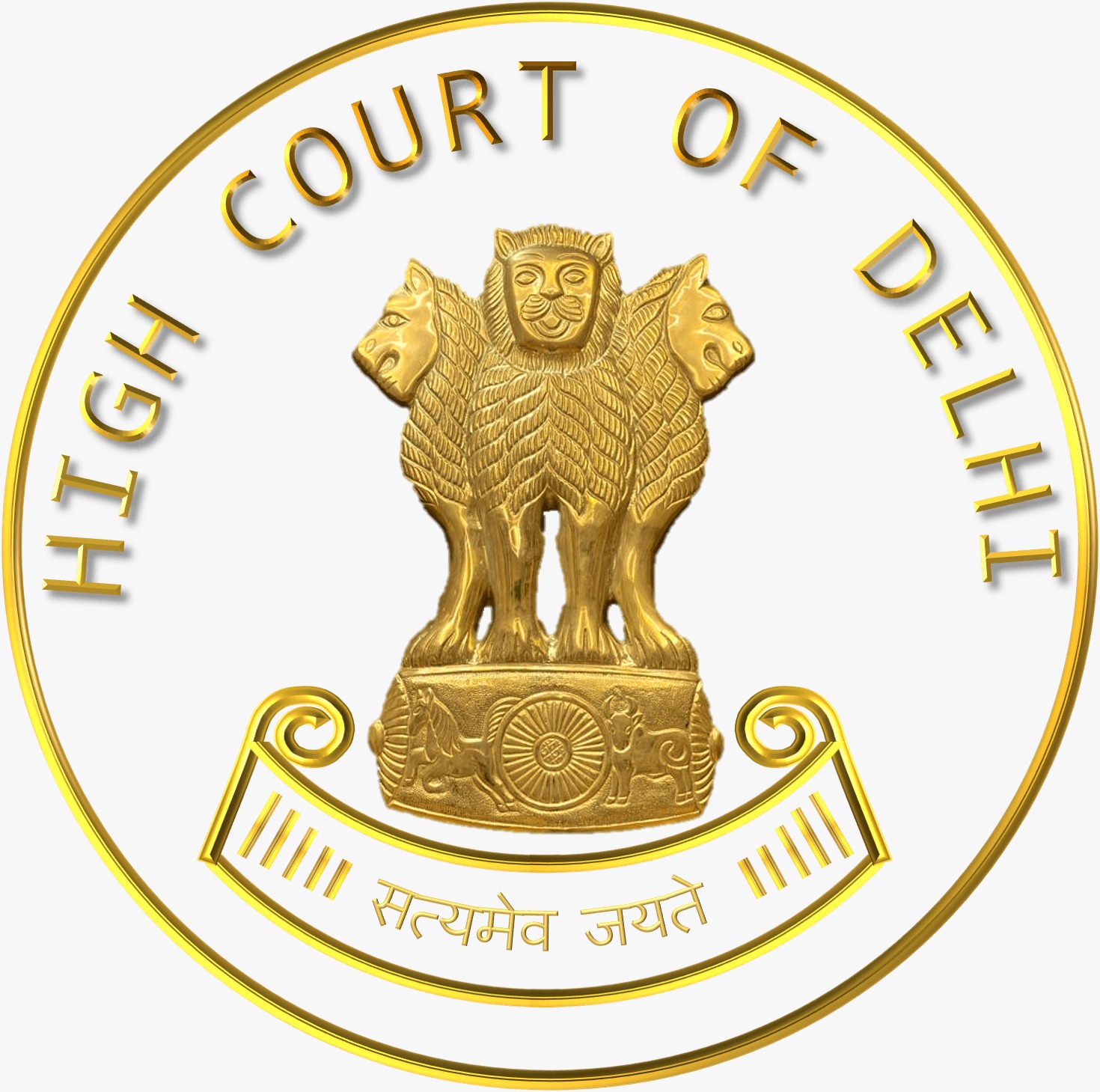Satish Chandra, C.J.@mdashThe principal point that arises for consideration in this writ petition is whether Sub-rule (3) of Rule 19A of the I.T. Rules, 1962, was ultra vires the provisions of Section 80J of the I.T. Act, 1961 ?
2. The petitioner is a partnership firm. It carries on business of manufacture of card board boxes. For the assessment year 1974-75, it claimed relief u/s 80J to the extent of deduction of 6 per cent. on the total capital employed by it including the borrowed1 capital. On this ground, the petitioner firm claimed a relief of Rs. 94,254 on the basis of the total capital either invested by the partners or borrowed by the firm, as on 3rd November, 1972, which was the opening day of the relevant accounting period.
3. The ITO relying upon Sub-rule (3) of Rule 19A held that the assessee was not entitled to the relief in respect of borrowed capital. He, therefore, allowed the relief to the extent of Rs. 35,798.
4. The assessee went up in appeal. The AAC held that the term, " capital employed " in Section 80J covered the entire capital invested by the assessee which included borrowed capital also. He, therefore, allowed relief to the extent of Rs. 94,254 as claimed by the assessee.
5. The ITO went up in appeal to the Tribunal and succeeded. The Tribunal repelled the submission that Sub-rule (3) of Rule 19A of the Rules was in conflict with any provisions of Section 80J. Under the aforesaid rule the borrowed capital has to be excluded. It accordingly, restored the order of the ITO. Feeling aggrieved the petitioner has come to this court because it being settled law that the vires of any provisions of the statute could not be challenged before any of the authorities created by that statute. [See
6. Sri Raja Ram Agarwal, the learned counsel for the petitioner, urged that Section 80J allows relief to the newly established undertakings mentioned in it, at the rate of 6 per cent. of the capital employed in the industrial undertaking. It does not stand to reason that the provision like Section 80J which was specifically meant for the newly established undertakings, would confine the relief to those flourishing concerns which have been able to do business only on its own capital, and would deny relief to those who happened to be indigent enough not to have the entire capital of their own, and arc impelled to borrow money for utilisation as capital.
7. The submission is that the phrase "capital employed" in Section 80J should be understood in its common commercial sense where the capital employed includes moneys borrowed for the time being. In this view, Sub-rule (3) was clearly in conflict with the phrase "capital employed" used in Section 80J. Section 80J refers to capital employed as computed in the prescribed manner. Rule 19A gives the manner of computation. Sub-rule (3) of Rule 19A provides:
" From the aggregate of the amounts as ascertained under Sub-rule (2) shall be deducted the aggregate of the amounts, as on the first day of the c imputation period, of borrowed moneys and debts owed by the assessee (including amounts due towards any liability in respect of tax)."
8. This sub-rule expressly excludes borrowed moneys from the value of the assets computed in accordance with Sub-rule (2). It is evident that Sub-rule (3) lays down a principle contrary to the generally accepted sense of the words " capital employed " as used in Section 80J.
9. This point came up for consideration before the Calcutta and the Madras High Courts. The decision by the Calcutta High Court in
10. It is true that Section 80J refers to the capital employed as computed in the prescribed manner, but it gives to the rule-making authority the power to lay down the procedure or the manner of calculation. It does not entitle it to change the sense in which the legislature has used the words " capital employed " in the section. If the legislature meant to include the borrowed moneys, then the rule-making authority which could make rules to carry out the objects of the Act, could not vary the sense of the statutory provisions by providing that borrowed moneys will be deducted from the value of the assets computed in accordance with Sub-rule (2). We are, therefore, in respectful agreement with the view of the Calcutta and Madras High Courts that Sub-rule (3) of Rule 19A was ultra vires of the rule-making power conferred by the I.T. Act. This sub-rule cannot be relied upon for the purpose of computing the capital employed for purposes of Section 80J.
11. The Tribunal confirmed the relief u/s 80J of the amount allowed by the ITO on the basis of Sub-rule (3) of Rule 19A. To this extent the order of the Tribunal is manifestly erroneous.
12. The petitioner company had claimed relief u/s 80J in the sum of Rs. 94,254. It was entitled to that relief. In the writ petition, we find that the opening part of Sub-rule (2) of Rule 19A has also been challenged. The relevant portion of Sub-rule (2) refers to the first day of the computation period. In support reliance was placed on
13. In the result, the petition succeeds and is allowed, and the order of the Tribunal is modified. The petitioner company would be entitled to relief u/s 80J to the extent of Rs. 94,254.
14. We direct the authorities below to amend the orders accordingly. The petitioner would be entitled to costs.

